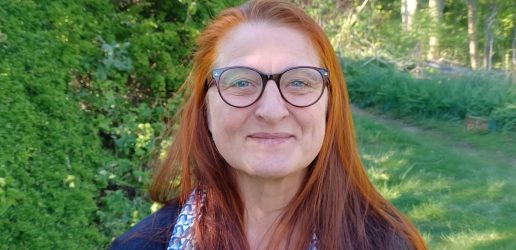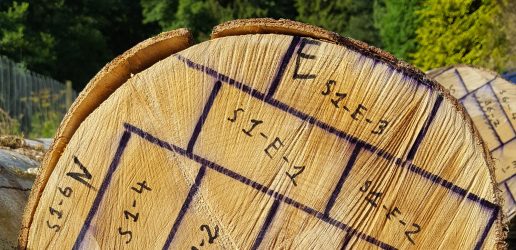Chloe Bellamy and Andrew Rattey of Forest Research talk about their experience of using a new visualisation tool to aid community engagement.
The Strathard Initiative is a collaborative project that is developing and trialling more effective and sustainable water and land management decisions in a rural area of western Scotland. It was established by the Scottish Environmental Protection Agency (SEPA), who wanted to improve joint working between public bodies, land managers and communities whilst implementing an ‘ecosystems approach’ to land management.
Forest Research’s role in the project has been to help collect and analyse the varied information needed to develop the project’s plans and to co-design approaches to consult with local stakeholders. As part of this work we have made use of interactive maps and visualisations (rather than traditional methods of presentation) to share our work in an accessible and visually engaging format over the internet.
There are a number of visualisation tools available; we used ESRI Story Maps to create the ‘Strathard Story Map’. The Story Map enabled us to capture and hold people’s attention by taking the viewer on a journey that covered all aspects of the project. We used it to provide a reminder of the project aims and to update the local community on our progress and future plans. We were also able to communicate the information we had collected and how we had mapped, analysed and interpreted these data to inform the decision-making process. In turn the service enabled local people to formulate their views and feed into the process in their own time and at their own pace, and see how their views had been incorporated into the project.
Initial feedback has been positive, with the clear presentation and easy to use layout singled out for praise. By incorporating all stages of the project we created a comprehensive resource that the local community could access at any time with ease. This is believed to be one of the main strengths of the approach for this project. Other benefits were that the user had control of their experience, choosing whether they interact with a map to reveal additional information or not. They could also decide how long they spent on each section; this helped us engage with people with varied interests.
Fran Crumley, from the Strathard Community Partnership said: “This is a great opportunity for people in Strathard to tell us how the landscape affects their lives and how they affect the landscape. They can tell decision makers exactly what the issues are for them.”
Louise Bond, the Strathard Project Manager, SEPA, said “By working in partnership, we are able to take account of multiple land management objectives and consider the full range of benefits we derive from the landscape”
This summary is based on an article that was first published in Forestry and Timber News, February 2018.

Forest Research has announced that Dr Bianca Ambrose-Oji, currently Head of its Society and Environment Research Group, will succeed Professor Chris Quine FRSE as Chief Scientist from June 2025.
England’s non-woodland trees have been mapped for the first time, revealing these trees make up nearly one third of our nation’s tree cover.

Forest Research, in partnership with Edinburgh Napier University, have taken a first step in systematically assessing the timber potential of underutilised species in the UK.

Forest Research has announced that Dr Bianca Ambrose-Oji, currently Head of its Society and Environment Research Group, will succeed Professor Chris Quine FRSE as Chief Scientist from June 2025.
England’s non-woodland trees have been mapped for the first time, revealing these trees make up nearly one third of our nation’s tree cover.

Forest Research, in partnership with Edinburgh Napier University, have taken a first step in systematically assessing the timber potential of underutilised species in the UK.